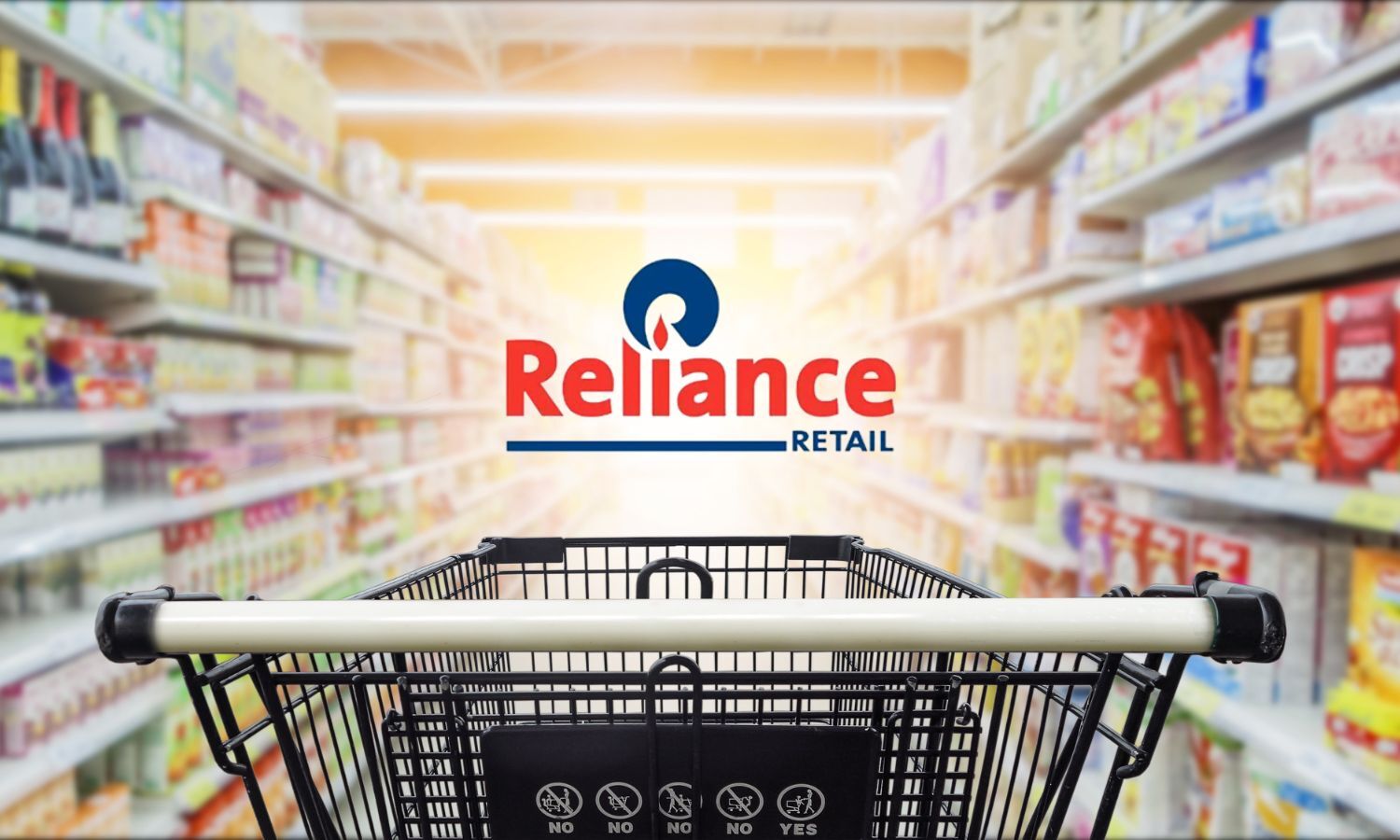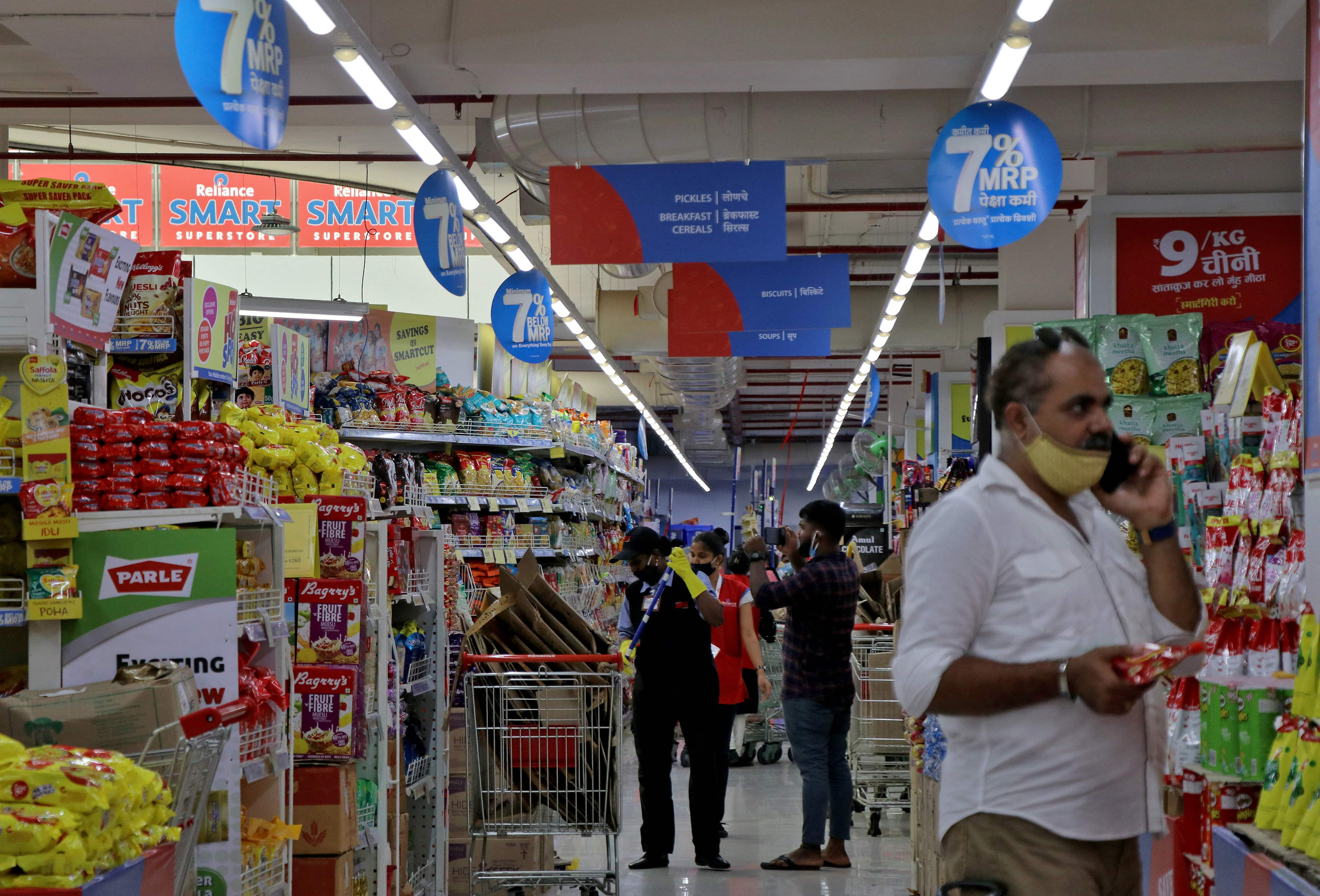Reliance Retail Almost Twice the Value of O2C: Bernstein 2023

Reliance Retail Almost Twice the Value of O2C: Bernstein 2023
The firm estimates that its retail operation is worth $112 billion, nearly twice as much as its O2C sector, valued at $57 billion.
According to stockbroker Bernstein’s most recent analysis released on Wednesday, Reliance Retail, the retail division of Reliance Industries, is now worth nearly twice as much as the company’s oil-to-chemicals (O2C) division.
)
The firm estimates that its retail operation is worth $112 billion, nearly twice as much as its O2C sector, valued at $57 billion. The telecom division of the company, Jio Platforms, is valued at $77 billion by the research firm, while the renewable energy division is at $17 billion.
The growth of offline stores, JioMart and digital commerce, collaborations with regional Kirana stores, projected margin improvement from scale, and the anticipated initial public offering (IPO) of Reliance Retail are some factors contributing to the retail industry’s expensive value.
Reliance has been releasing value across segments, according to the brokerage. RIL bought out Reliance Retail (RR) ‘s minority owners through a share buyback. It also mentioned claims that a new investor is anticipated to purchase a 1% interest in RIL’s retail division at a valuation of $100 billion. At a valuation of $57 billion, Reliance Retail Ventures (RRV) sold a 10.09% share to financial investors in 2020. The value of the retail division has nearly doubled since then.
According to Bernstein, Reliance’s Ebitda, or earnings before interest, tax, depreciation, and amortization, is expected to rise from Rs 1.5 trillion in FY23 to Rs 2.4 trillion in FY27. This is most certainly being fueled by new energy and the expansion of internet retail.
According to Bernstein’s capacity growth projection, RIL would spend Rs 18,900 crore on retail by FY27, or around 19% of the conglomerate’s total capital expenditures (CAPEX). It anticipates a moderated impact as retail growth picks up speed.

In a 2023 research report, Bernstein, the global asset management and research firm, estimated that Reliance Retail, the retail arm of Reliance Industries Limited (RIL), is almost twice as valuable as the Oil-to-Chemicals (O2C) division. This analysis has sparked great interest in the financial community and highlights the strategic shift within RIL towards consumer-driven businesses. This article explores the underlying factors that led to this valuation, the implications for RIL, and the broader retail and O2C landscape.
RIL is one of India’s largest and most diversified conglomerates, with businesses spanning telecommunications, retail, petrochemicals, and media sectors. Its two major segments, Reliance Retail and O2C, have traditionally been significant contributors to the firm’s revenue and profit.
Reliance Retail is India’s largest retailer, with a network spread across hundreds of cities. It includes various formats like supermarkets, electronics stores, online marketplaces, and more. It has witnessed tremendous growth, driven by strategic acquisitions, technological advancements, and customer-centric offerings.

The O2C division encompasses RIL’s traditional refining, petrochemicals, and fuel marketing business. Although historically a significant contributor to RIL’s revenues, the O2C division has faced challenges due to volatile global oil prices and a shifting focus towards green energy.
Bernstein’s analysis used valuation metrics such as Earnings Before Interest, Taxes, Depreciation, and Amortization (EBITDA), price-to-earnings ratios, and growth rates. Here’s a closer look at the main findings:
Reliance Retail experienced a high revenue growth rate, driven by expansion into tier-II and tier-III cities, intense e-commerce penetration, and the integration of recently acquired assets. Improved supply chain management and private label strategy enhanced the profitability of Reliance Retail.
Fluctuations in global oil prices and increasing regulations around environmental standards have impacted the O2C division’s profitability.
The global trend towards renewable energy has impacted the long-term growth prospects of the O2C business.
Reliance Retail’s dominance in the Indian retail landscape and robust growth prospects have positioned it favourably against its competitors. In contrast, the O2C division has struggled to keep pace with the global industry’s transformation.

The valuation emphasizes the growing importance of Reliance Retail within RIL’s portfolio. This could lead to further investments in the retail sector, with potential divestment or restructuring within the O2C segment.
The report may influence investor sentiment, reflecting positively on the stock, given the strong position of Reliance Retail.
The valuation underscores the potential of the Indian retail market and may encourage more investments and innovations within the sector.
It’s a clear indication of the challenges faced by traditional O2C businesses and emphasizes the importance of embracing sustainable and innovative practices.

Bernstein’s 2023 analysis of Reliance Retail and the O2C division is a significant insight into the shifting dynamics within Reliance Industries Limited and the broader industry landscape. It’s a testament to the growing importance of the retail segment in India’s economy and signals a strategic realignment within one of the country’s most prominent conglomerates. Moreover, it emphasizes the importance of agility and the need to align with global trends, such as sustainability and technological innovation, to maintain competitiveness in today’s rapidly evolving markets.



